Stakeholder Engagement:2025
Medium- to Long-Term Challenges in Business and Human Rights and Expected Corporate Attitudes and Actions from Society
Stakeholder Engagement upon the Revision of the “Kirin Group Human Rights Policy”.
Human Rights Risk Assessment and Development of Action Plan for Supply Chains (May 2022)
Stakeholder Engagement upon the Establishment of the “Kirin Group Human Rights Policy”.
Human Rights Initiatives and Further Promotion
The Kirin Group advocates “CSV Management” which creates economic value by solving social issues, and this philosophy is steadily permeating throughout the group. The “Business and Human Rights” initiative is positioned as a fundamental basis supporting CSV management.
In October 2023, the human rights policy formulated in 2018 was revised. That same year, potential human rights issues were identified based on the characteristics of the group's businesses and regions of operation, and a human rights risk map was organized.
In this stakeholder dialogue, opinions were exchanged with external experts on the following topics: “Comprehensiveness of the human rights risk map and expectations for further advancement”, “Global governance system connecting “the Gemba*” and headquarters (placement of experts, collaboration with external parties is key) ”, and “Creating an organization where voices are better heard.”
-
*Gemba: the frontline where actual operations are performed, which Kirin places great importance on.
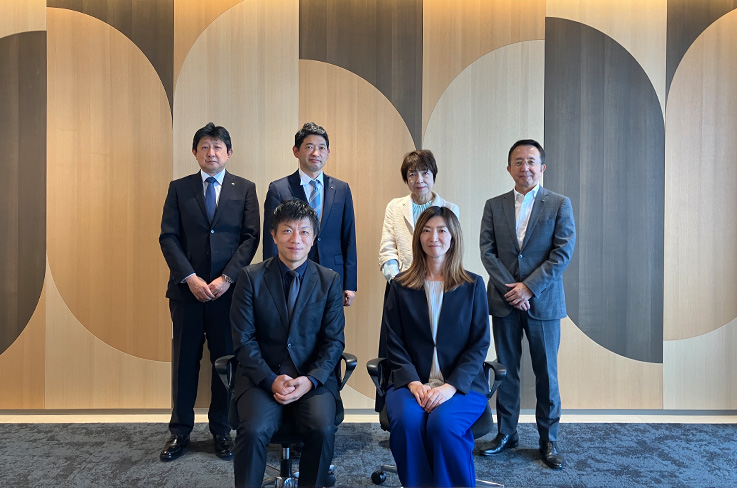
Participants
External Experts(Random order)
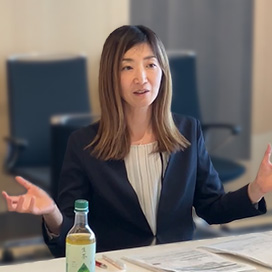
Emi Sugawara
Professor, Faculty of International Studies
Osaka University of Economics and Law
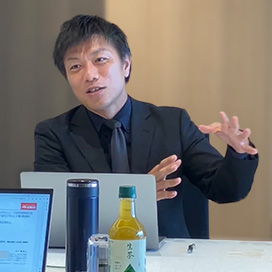
Ryusuke Tanaka
Project Coordinator
International Labour Organization
Kirin Group
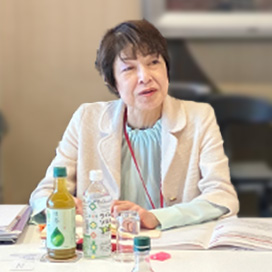
Junko Tsuboi
Chief People Officer (Group Human Capital Management)
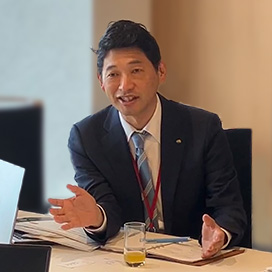
Akiyoshi Iwasaki
Senior Executive Officer
SCM Strategy, Production Technology Strategy
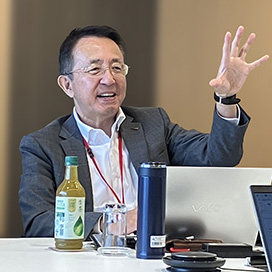
Hiroshi Fujikawa
Senior Executive Officer
CSV Strategy
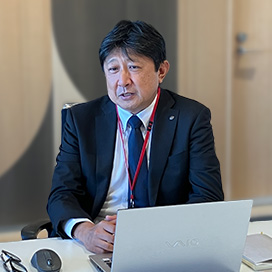
Satoshi Iduka
Moderator (General Manager of People & Culture Department)
Comprehensiveness of the human rights risk map and expectations for further advancement
- Moderator
- Based on the human rights risk map, we prioritize risks considering their importance (universality, severity) and relevance to business, and are advancing initiatives. Are all important perspectives covered, such as business areas (alcoholic beverages, pharmaceuticals, health science), key stakeholders, regions, and countries?
- Tanaka
- The human rights risk map, consisting of 23 items, seems to cover the Kirin Group's business content well, including symbolic issues in food and beverage. From a global perspective, “forced labour”, “child labour” and “occupational safety and health” are the most prevalent challenges concerning workers’ human rights. There are estimated 27.6 million victims of forced labour and 138 million children in child labour situation worldwide, which companies are urged to address within their own competence and in their operation, based on international standards. With occupational safety and health now added to ILO's fundamental principles and rights at work, the Government of Japan is moving toward ratifying the relevant convention, and expectations for proactive action by business are growing.
- Moderator
- We understand that you have reviewed our website and other resources prior to this discussion. Regarding information disclosure to enhance transparency as required by guiding principles, what are your thoughts?
- Tanaka
- In the aspect of human rights-related disclosure, it seems important to clearly demonstrate the overall direction of your efforts with a high degree of transparency and effectiveness. This means not only providing written explanations and visual materials, but also presenting a coherent narrative that explains your efforts in light of your objectives and priorities, and how you are addressing adverse impacts on stakeholders. When comparing sustainability reports from Japan and abroad, overseas companies tend to highlight key messages such as “diversity” and “human capital” followed by reinforcing text and visuals. In contrast, simply reporting survey results in a matter-of-fact manner often makes it difficult to see the goals behind the efforts, which can create distance with stakeholders. By disclosing outcomes and challenges of the efforts such as measures taken, improved situations and remaining challenges in grievance cases, companies can show stakeholders a sense that they are “coming closer.” This in turn contributes to increased credibility and persuasiveness as far as it combines with meaningful engagement.
- Fujikawa
- So, for stakeholders, explaining initiatives after discussing objectives and priorities—the overall story—is important for human rights as well.
- Sugawara
- It is important for the Kirin Group to clearly indicate which sites it is focusing on regarding human rights risks. For example, in the human rights DD assessment in Sri Lanka, it is disclosed that “issues were found and improvements are aimed for”, but it does not state “to whom, what kind of improvements were made, and what the results were.” Companies are required to disclose the effectiveness of their initiatives. If there is a remedy or correction mechanism, it will be even more persuasive.
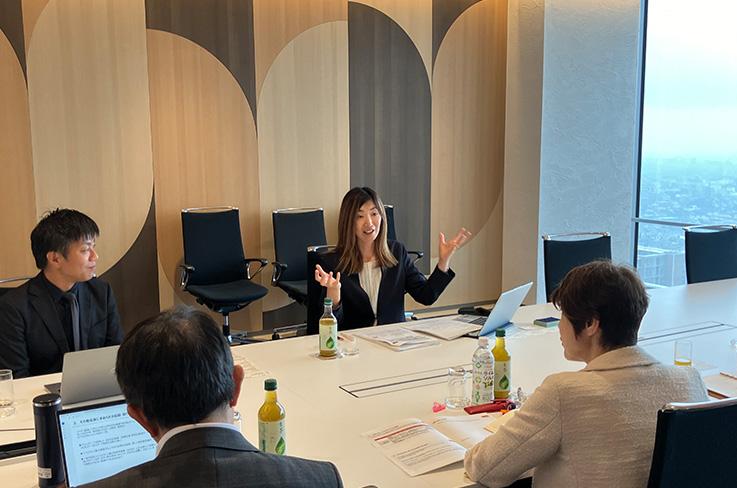
- Tsuboi
- At Kirin Group, whether in human rights or other surveys, we do not act as if emerging risks must be avoided, but rather, we communicate -both internally and externally- that surfacing problems and risks is how we drive improvement.
- Iwasaki
- When disclosing quality information about raw material origins, there were concerns about negative impressions, but we prioritized communicating human rights risk confirmation externally and proceeded with disclosure.
- Sugawara
- In the future, I would expect the Kirin Group to disclose not only survey overviews but also specific issues, improvement cases, and outcomes regarding engagement with rights holders and suppliers.
- Tsuboi
- We have been considering engagement with rights holders for about a year and feel the need to further strengthen these efforts.
- Sugawara
- While many companies do not consider marketing as a human rights issue, the Kirin Group positions this area as such and discloses its stance on human rights issues in the media industry, which is an advanced initiative. Linking these efforts to the human rights risk map gives meaning to promoting respect for human rights in marketing. Therefore, I believe the proper approach is for companies to clearly disclose “what you are addressing and how they are engaging.”
- Tsuboi
- Thank you for evaluating our initiatives regarding the media industry. Although we have been working on disclosure, there are areas where active disclosure has not been sufficient. I believe we must enhance our disclosures by placing greater emphasis on clarity from the perspective of diverse external audiences. The website is scheduled to be revised*.
-
*The website was revised in June 2025.
Global Governance System Connecting Gemba and Headquarters (Deployment of Experts, Collaboration with External Parties is Key)
- Tanaka
- On the topic of global governance, let me ask: If there were no financial or human resource constraints, what would you ideally want to achieve, and what would your desired goal or ideal state look like?
- Fujikawa
- After hearing about the systems of leading companies in Japan and abroad, I also wanted to ask about the ideal state. When I was in Myanmar, I felt differences in human rights governance systems with global companies. If there were no budget or human resource constraints, the ideal would be for each country's operating company to have a human rights officer who autonomously conducts human rights DD, but currently, the voices from countries where we operate are not sufficiently reflected. In leading global companies, highly specialized personnel are in charge of human rights for a long time and visit each business site. Whether each country's site conducts human rights DD with expertise or headquarters specialists visit sites and respond, I want to understand these differences and organize the structure.
- Iwasaki
- When selecting raw material procurement sources as targets for human rights due diligence (DD), due to internal resource constraints, we focus on “human rights risks in the country” and “impact on business.” However, we do not fully grasp the actual situation of human rights risks at other procurement sources. While prioritizing is understandable, we should also listen to the voices of people who may be negatively affected at lower-priority procurement sources.
- Tsuboi
- Our future global expansion will focus on Asia-Pacific, but while progress has been made in Australia, in Asia, business environments differ by country, and we cannot say we fully understand the Gemba yet. With different histories, cultures, and ethnic compositions, sometimes the same message does not get across. We need to create systems and mechanisms to better understand the Gemba.
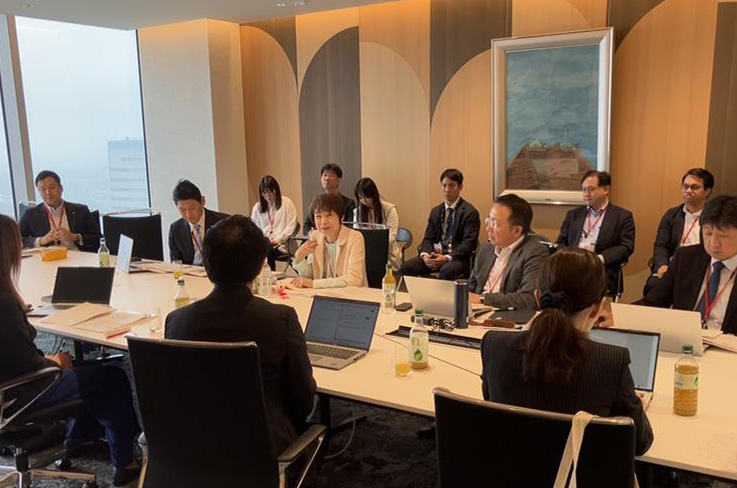
- Tanaka
- I’m glad to hear that all. I think what management would like to pursue if there were no resource constraints reflects the true essence of the company. Just now, I heard a common view that it is important to know the challenges of human rights in each country. On the issue of “where to place human rights experts” there is no single correct answer. In speaking with a multinational company, I learned that even if frontline employees encounter issues such as child labour, the lack of knowledge or sensitivity often leads them to overlook the problem, and it never reaches headquarters. To address this, in high-risk sites they decided to collaborate with other companies that were already advancing in respect for human rights, in order to gain their expertise. I also heard that one overseas company placed human rights experts in the field and worked in collaboration with NGOs, which brought in external perspectives and practical solutions. Another company, which has not yet advanced in conducting human rights DD on the ground, told me that even simply raising the awareness of local employees would make a big difference in increasing sensitivity to human rights at the local level. They were encouraged to disseminate the company’s human rights policy and ensuring that suppliers be informed of the policy’s key points.
- Tsuboi
- I had the preconception that human rights experts should be placed at headquarters, so the idea of placing them in the Gemba was helpful.
- Fujikawa
- It is most efficient when sales staff and factory workers in the Gemba think, “How does this align with the human rights policy?” and report to headquarters. Human rights risks differ by business area and region, so headquarters cannot grasp everything. I realized again that we need to create mechanisms to collect and understand information from the Gemba.
- Tanaka
- Behind the effort to identify human rights risks at the sales frontlines lies a strong sense of cost-consciousness. For multinational companies in particular, headquarters are often far remoted from local sites, making it difficult to grasp the actual risks. By raising awareness among the ones most familiar with on-the-ground realities at the sales frontlines and having them report back to headquarters, companies can directly act for mitigation of human rights risks and greater efficiency in risk identification.
- Iwasaki
- It is important for Gemba employees to understand that being aware of human rights issues in their region affects the reputation of the company brand.

- Sugawara
- The core of global corporate governance is the “human rights policy.” As stated in the “Guiding Principles on Business and Human Rights”, when human rights issues arise with business partners, it is important to maintain a stance of improving together rather than simply terminating contracts. Due diligence based on grievance mechanisms that listen to the voices of employees and business partners is also effective. It might be possible for on-site employees to take action by reporting voices they hear from business partners’ employees to the human rights team. One Japanese multinational company first drafts a list of potential human rights risks at the headquarters level, then invites members from each country to review and provide feedback, which is then incorporated. This approach has two benefits: it allows human rights risks identified in local operations to be communicated to headquarters, and it encourages local teams to proactively identify and address such risks themselves. Also, I heard from another company that inquiries from NGOs submitted to their CSR contact point have functioned as a grievance mechanism, which then triggered human rights investigations into their business partners.
- Tsuboi
- One approach is not to keep things confined within the company, but to involve NGOs and other actors to understand human rights issues and build an ecosystem.
- Sugawara
- Since it's difficult for a company to identify and solve deeply rooted social issues on its own, I believe it's essential to collaborate with various stakeholders. This also relates to one of the disclosure requirements under Australia’s Modern Slavery Act, which is the measurement of effectiveness.
Creating an Organization Where Voices Are Better Heard
- Moderator
- Besides the issues and governance systems discussed so far, do you have any opinions on the roles and initiatives required of companies in advancing business and human rights?
- Tanaka
- As part of non-financial disclosure, I would like to comment on possible indicators to lead progress in business respect for human rights. It is ideal for management to have a vision of how the company will address human rights risks in the long run - 10 or 20 years ahead - and set the indicators that encourage all workers cooperate each other towards achieving the vision. Among Japanese companies, some raise “participation rate in human rights training” as a KPI. However, from the rights holders’ point of view, it may simply be insufficient, even seen as no progress made. What matters for them should be “what participants understood and what actions they took.” To make training outcomes more visible, it can be asked to participants, for example, “What are your views on human rights?” and “What do you want to achieve?” before training, and after training check “Has your understanding improved?”, “Can you explain it within your company?” and “Can you communicate your company’s efforts externally?
- Tsuboi
- I recognize that training participation rate is certainly a first step for indicators. Also, understanding “why human rights are important” is most important, so I want to set KPIs as stories conveying the background and purpose, not just formal training.
- Tanaka
- People who are truly depressed may quietly leave the company without raising their voices. Even if they speak up, they may easily lose their motivation to report, if it is not recognized as a human rights agenda. Today, I felt reassured by everyone’s genuine desire to “know human rights risks.” I hope that this desire can be translated into concrete management action and communicated with all workers with clear goals and visions.
- Sugawara
- For those involved to feel safe internal hotline, it is essential that opportunities for promotion and career development are fair and transparent. If communicating is seen as a sign of 'low harassment tolerance'—an attitude that is itself misguided—and is thought to harm one’s career, people will be reluctant to use internal hotline. It is also important that consultation and communicating effectively lead to the relief of victims. Furthermore, I hope that collaboration for remediation and victim relief will be expanded to include external parties. Dialogue through hotlines tends to focus on legal and medical responses, but reporters may also worry about their daily lives. Providing a list of public institutions and experts for daily-life support can help them use the service with confidence, instead of relying solely on the company.
- Iwasaki
- Human rights risks are diversifying with social changes, but what is important is to create an environment where it is easy to raise voices when problems occur. Building trust that the company will respond appropriately when voices are raised is the responsibility and ideal of a company. It is difficult to reduce human rights risks to zero, but society expects companies to increase the sense of security that “the company will support you if human rights violations occur.”
- Tsuboi
- I believe it is important to embed this as a culture. I want to establish a corporate culture that continuously addresses human rights issues and risks. We are also considering how to approach well-being, but human rights are its foundation, and I see it as an effort to bring negatives to zero. Kirin Group has long advocated “employees and the company are equal partners”, but I want to realize a true win-win relationship where employees can work lively and the company can grow, creating a virtuous cycle. Thank you for your valuable opinions today.
